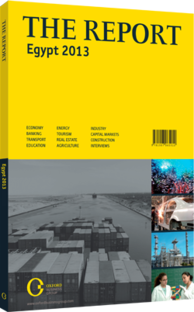This chapter includes the following articles.
Banking

Although the summer of 2013 saw increased political risk and uncertainty in the country’s broader macroeconomic environment, the positive financial results of Egypt’s banking sector over 2012 and into 2013 attest to its overall resilience. A history of conservative regulation has enabled the sector to ride out the economic crisis and most in the industry expect it to successfully weather the current political challenges. Public sector banks continue to play an important role. There are five state-owned banks, three of which control around 40% of the sector’s total assets. Since the 2011 uprising, the credit rating of Egypt’s domestic banks has been repeatedly downgraded, largely as a result of their perceived overexposure to sovereign debt. However, the sector’s funding and liquidity profiles garner a stable outlook from most agencies, thanks to the high proportion of customer deposits in relation to local and foreign funding. In the longer term, the macroeconomic fundamentals that have attracted Gulf banks to the market are expected to remain in place – a diverse economy, a large and young population, an anticipated 3.3% growth rate in 2014, and an underleveraged market.
This chapter contains interviews with Hisham Ramez, Governor, Central Bank of Egypt; and Ali Al Kuwari, Acting Group CEO, Qatar National Bank (QNB).

